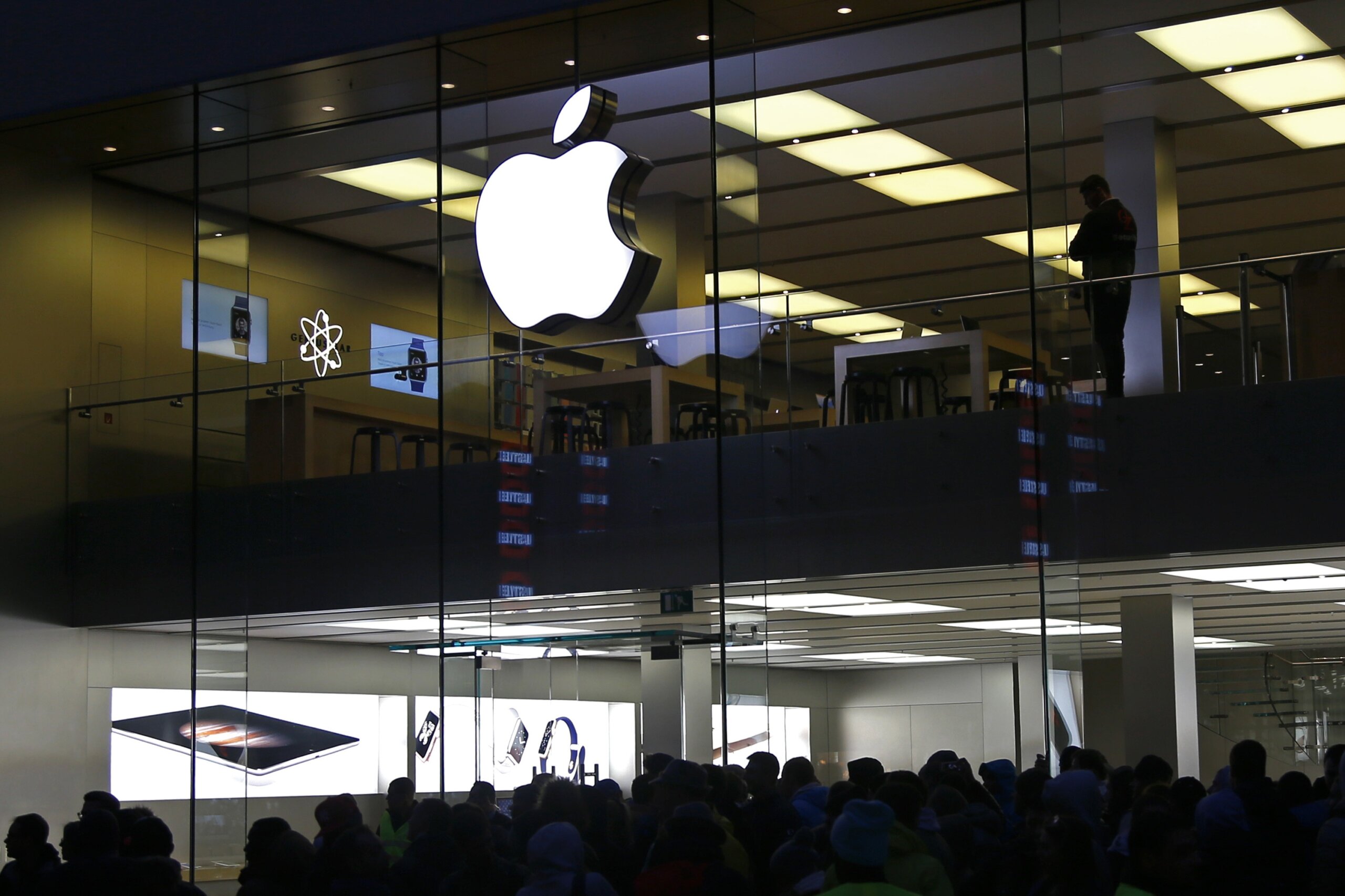Travel
Europe’s best and worst metro systems revealed in new list

A new ranking of Europe’s underground metro systems has been compiled by travel and luggage storage company, Bounce. It shows that passengers appear to prize cleanliness, ease-of-navigation, and great architecture, while broken equipment and feeling unsafe are factors likely to bury an underground at the bottom of the pile.
Bounce created its own index based on Google review ratings for individual metro stations averaged across the network in question. They factored in the percentage of stations in each metro system with Google review scores of four or higher and the proportion of Google review scores below two, as well as annual ridership figures, and “love” and “hate” news article reactions taken from data insight specialists Buzzsumo.
The best metro systems in Europe
1. Oslo, Norway | Underground index score: 8.06/10
Oslo’s underground came out on top, with an underground index score of 8.06 out of 10. Dubbed the “Oslo T-Bane” or “T-banen i Oslo,” it has 101 stations and covers 85 km of track, serving all 15 city boroughs as well as the neighbouring Baerum municipality.
With five separate lines and another under construction it averaged an excellent Google review score of 4.13 out of 5 across all stations. Its busiest station, Jernbanetorget, which connects with trams, Oslo Bus Terminal, and Oslo Central Station, is the nation’s largest transport hub and yet has been described by users as “easy to get around,” “very well organized,” and “nice and clean” in its many reviews.
2. Sofia, Bulgaria | Underground index score: 7.64/10
The Sofia Metro, or “Софийски Mетрополитен” in Bulgarian, ranked as Europe’s second favourite underground system, with a score of 7.64 out of 10. It perhaps has an advantage as one of Europe’s youngest systems too, created just 26 years ago, in 1998.
With 52 km of track and 47 stations, including one at Sofia Airport, the system is praised for its ease-of-use and English signage, including about payment instructions, as well the cleanliness of Moesia/NBU station and the beauty of Aleksandar Malinov station, which possesses forest-inspired artwork. Perhaps an instagrammable feature such as this is what explains the positivity of reactions to news articles about the system, with 95% of “love” reactions and zero “hates”.
3. Athens, Greece | Underground index score: 7.29/10
Athens Metro takes the number three spot, with users delighted by its direct link to the airport and busy port area, which provides ferry links to many Greek island destinations. Over a quarter of a million users each year benefit from 62 stations across 71 km of track. While the average station Google review score is 4.10 out of 5, “showing widespread approval”, in the words of Bounce, the busiest station, Syntagma in the heart of the city, manages just 3.50 out of 5, is criticised for its … busy atmosphere.
The rest of the best
The rest of the top ten features some of Europe’s largest metro networks, including Spain’s Madrid, at number four, with 242 stations across 289 km of track and an average Google review score of 4.03 out of 5.
London’s “Tube”, the world’s oldest metro system, with 272 stations across 402 km of track, still managed to do well too, coming in at sixth place, with just under 70% of its stations rated four stars or above and a lot of praise for the system’s overall accessibility despite long walking distances at some stations, and crowdedness at rush hours. But bringing Bounce’s methodology into question, the architecture at stations such as King’s Cross St Pancras was said to have won people’s hearts, even though the notable architecture at King’s Cross St Pancras is to be seen in the overland station, not down in the metro.
Sandwiched between those two giants came Europe’s smallest metro network: Warsaw, Poland ranked fifth, while Bucharest (7), Lisbon (8), Copenhagen (9) and Prague (10) rounded out the top 10.
The worst metro systems in Europe
1. Budapest, Hungary | Underground index score: 3.13/10
Budapest Metro, or “Budapesti Metró” in Hungarian, is the lowest-rated metro system in the Bounce study. Relatively small, with 48 stations across just 39 km of track, it is nonetheless used by 382 million passengers a year. It actually managed a respectable 4.05 out of 5 average score for its stations, but a devastating 75% of online reactions to articles about the metro system were “hate,” while just 1% of reactions expressed “love.”
Állatkert station, located next to the Biodóm zoo, is Budapest’s highest-rated station, scoring five out of five. But passengers detest Határ út station which scores a terrible Google review of just 2.80 out of 5. Its unpleasant appearance and lack of cleanliness seemed to be factors behind its reputation as “simply disgusting.”
2. Brussels, Belgium | Underground index score: 3.20/10
The European capital has much work to do if it wants to bring its metro system up to scratch. Brussels Metro earned the second-lowest underground index score of 3.20 out of 10 and only narrowly avoided being bottom of the heap. Its 59 stations and 40 km of track cover the centre and the wider metropolitan area and see a colossal 86 million passengers a year.
Yet, the Brussels system is detested, with 26% hateful online reactions and only 11% who “love” it. Gare du Midi, like Paris’s Gare du Nord, is a trans-European hub but is seen as “unsafe” and “dangerous,” with many reviewers saying the place stinks of urine.
3. Rome, Italy | Underground index score: 3.75/10
Rome Metro had the third-lowest underground index score. The Italian capital’s metro system has 59 km of track accessible via 73 stations and is integrated with local “FL lines” offering a good range of connections to surrounding areas, including Rome Fiumicino Airport. But users are angry about the service, which attracted 34% hateful reactions when mentioned in news articles and only 9% love. Stations such as Quintiliani (with a Google review score of just 2.40 out of 5) were slammed for their broken equipment, lack of staff and security and relative desolation, which made users feel unsafe.
The rest of the worst
In results that some people may find surprising, cities and countries with a reputation for great design, organisation and cleanliness such as Helsinki, Finland (8), and Stockholm, Sweden (7), nevertheless placed in the bottom ten. Helsinki appears to have fallen down on its small network, low passenger numbers and fears about drunken behaviour.

Amsterdam, the Netherlands, came in fourth worst, while Paris, France, may be synonymous with light, love, fashion and art, but its underground was named Europe’s fifth worst, with reviewers so appalled by its “medieval” attitude to cleanliness they “screamed in disgust”. Gard du Nord, the city’s busiest station and gateway to the rest of Europe, came in for particular criticism for pickpocket activity and difficulty to navigate.










